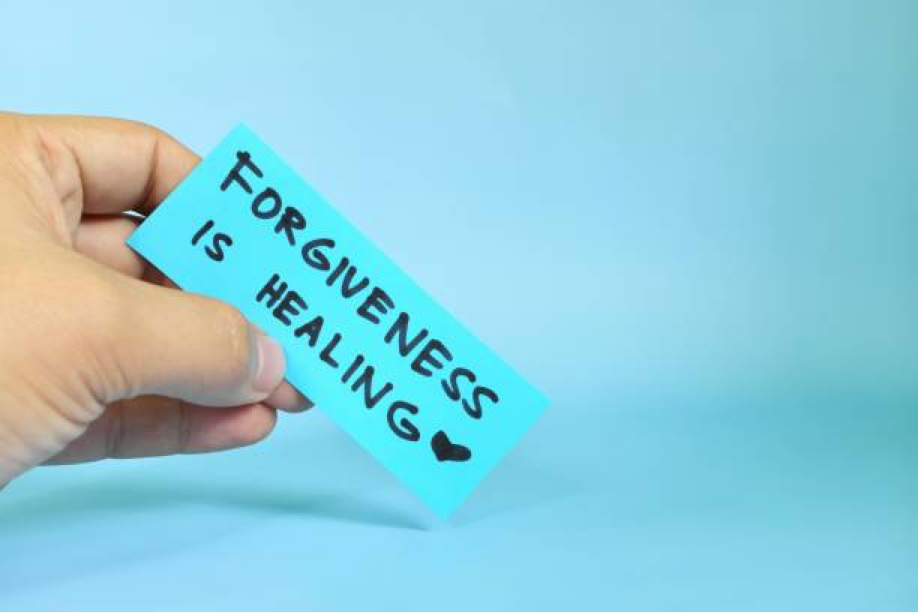Wendy Baribeau, MS, LAMFT
Part II: Using Resources
Smart Parenting in the Smartphone Era: Part II Using Resources
By Wendy Baribeau, LAMFT
As we discussed in last week’s blog, the dangers that our children face when utilizing modern technology are serious and complex. As parents, we all have an obligation to protect our kids from the tech that can be addictive, degrading, or unsafe. Parental controls and other resources can help parents take advantage of the benefits of modern technology while protecting kids from harmful tech. The dangers are changing everyday, so parents need to stay informed of the latest trends. We offer the following guidelines as a starting point for you to consider adopting into your parenting practices.
Use Hardware Settings
Most smart phones, tablets, and computers have some parental controls built into the device. These allow parents to grant access to only specific websites, block apps, and restrict account changes. You can require children obtain parental permission to add or delete apps. Parents can limit music, movies, TV shows and books to only PG rated content. In addition, parents can shut down devices at bedtime.
Filter Internet Usage
Although many educational websites exist, if you allow children to search the internet, you must purchase a filter to block pornography. Many products can replace existing browsers to allow for safer browsing results. Unfortunately these filters do not work within individual apps.
Research Apps
Although apps can be easy-to-use, helpful tools, they are a portal to an unfiltered Internet. Currently, we cannot trust provider app ratings. The disparity between provider ratings and independent ratings is often dramatic. For example, Netflix is rated 4+ on the Apple App Store but 17+ on an independent site due to its poor parental controls, mature content next to child content, graphic sexual violence, normalizing sex trafficking of minors, and gratuitous nudity. VPN blockers that are rated 4+ on the app store allow anonymous web browsing that circumvent parental controls.
Limit Time
According to research conducted by Dr. Twenge, children and teenagers should limit their online time to less than one hour per day for leisure-time activities with a maximum of two hours per day. Parents can use the Apple “screen time” feature to select specific apps to set time limits without affecting the entire device.
Monitor or Ban Social Media
If you won’t be monitoring your children’s use of social media, do not allow it. Parents need to use settings within each social media app to ensure privacy and minimize comments. Talk with your children about using apps responsibly, and warn them about the potential risks and dangers from last week’s blog. Advise them to keep online “friends” to a minimum, emphasizing that a large number of friends does not equal popularity, rather it connects them to more bullies and predators. Be aware of multiple accounts with fake names. YouTube is social media.
Restrict Video Games and Content
Remember the Xbox/PlayStation system is attached to the internet, and therefore, requires parental controls. Be sure to follow age-appropriate guidelines for each game, and make sure children cannot download or play games without your permission. Use a timer to limit play time. We recommend a maximum of one hour per day, weekends only. Block all chat rooms, and teach kids to never play or talk with strangers. On the phones, you can block multiplayer games and utilize settings within each app to add more controls.
Watch Programs Together
Use TV programs, movies, and videos as an opportunity to spend time with your children and take advantage of teachable moments. Check the ratings, and remember that a Smart TV needs parental controls too. YouTube and YouTube for Kids are not safe. Parents need to block them or watch programs together with their children.
Instill Good Sleep Habits
Keep phones, tablets, video games, computers and TVs out of the bedrooms. Use parental controls to turn off all devices at bedtime. Ensure healthy sleep habits based on recommended hours for children by age. For more information on sleep requirements visit this site.
Practice Your Faith
Remember that modern media is secular and profit-driven. Media companies make more money from eyeballs lingering on their sites. Unfortunately, immorality is highly entertaining and “cool” to kids and teenagers. Parents must teach the Catholic faith to their children, explain why the teachings are important, and show how they lead to earthly happiness. Parents who display their commitment to God by attending Mass, praying regularly, and talking about God at home are most likely to transmit that faith to their children. Parents have the duty to protect their children from the sinful, secular culture. It is not easy, but Catholic parents must swim against the tide.
Keep Children Busy
Kids can easily resort to online stimulation out of boredom. Help feed their curiosity in healthy ways. Help them develop real self-confidence and social skills in offline activities through natural trial and error. Keep kids busy with chores, sports, clubs, church activities, jobs, exercise, hobbies and volunteering.
Don’t Be Naive
Please don’t think, “my kid would never do that”. All kids are naturally curious, all fallen humans desire instant gratification. The temptations are everywhere.
Stay Calm
If your children tell you about something bad that happened online, stay calm. The fact they are telling you is a positive thing. Help them work through the issue and think through the incident to arm them with the skills to stay safer on their own.
Conclusion
It’s not an easy job, but it’s not impossible either. If you have made mistakes in the past, don’t be too hard on yourself. Trial and error are to be expected with an enemy so keen and powerful. While it may be impossible to prevent all bad content from our children’s eyes in today’s world, we know we must do our best to stay informed, educate them, block what we can, and monitor as much content as possible. The safety, security, and well-being of an entire generation is at stake.
A Message of Hope
In late 2019, a resolution was introduced by House Representatives Mike Johnson (R-LA4) and Ben McAdams (D-UT4) to recognize the need for an independent app rating review board and for user-friendly parental controls. This resolution (H. Res. 721) is endorsed by the National Center on Sexual Exploitation, a nonpartisan nonprofit in Washington D.C. Please click on this link for more information and to show your support.
Resources
- Internet Filtering Software: Covenant Eyes, Qustodio, Norton Family Premier, Bark, Our Pact
- apple.com: Screen time tutorial
- com: blogs on digital safety
- com: research on popular apps
- org: research apps, games, movies, tv shows and books
- org: tips keeping kids safe online
- com: documentaries and weekly newsletter
For more information about Wendy or her team, please visit Holy Family Counseling Center at www.holyfamilycounselingcenter.com






